One common misconception we hear from growers is when they refer to fasciated plants as polyploids or triploids. This general belief has swept over forums and chats online but it has no basis in truth.
Fasciation - A Genetic Mutation
Fasciation is a plant mutation that is visible on stems and flowers of cannabis plants. The stem grows very wide, flattened and elongated. It can appear multiple stems put together, and same for the flower. You can see examples in the video above from one of our R&D fields in 2020. It generally only effects a few branches and is relatively rare - but we found a huge population in one of our CBDV variety trials.
What is Polyploidy?
In nature, most organisms inherit one complete set of chromosome pairs from each parent (2x). Polyploidy refers to organisms that have more than 2 complete sets of chromosome pairs. While polyploidy is common in commercial agriculture and does happen naturally - aside from often larger fruits and sterility there are no completely obvious signs of polyploidy. Polyploid crops are very common, but require rather complicated breeding processes to produce.
Wheat: Often hexaploid (6x)
Strawberry: Can be decaploid (10x)
Potato: Primarily tetraploid (4x)
Seedless watermelon: Usually triploid (3x)
Fasciation Looks Cool But Ain't That Great
Fasciation is not an indication a plant is a triploid, or a polyploid, though it can happen on polyploid plants. The mutation may look cool, but the flowers often just big fluff balls. Fun to look at, not great for production, and often mold long before others due to poor airflow.

How Can You Tell If A Cannabis Plant Is A Triploid or other Polyploid?
The only way to know whether a cannabis plant is a triploid is by using flow cytometry to analyze plant tissue. The big fancy machine requires trained experts to run and it ain't cheap. Ask your triploid breeder if they've got a flow machine before you push play on an order. The more you know :)
We've Got Real Triploid Cannabis Seeds
If you are looking for triploid genetics, we've got you covered. They are incredible producers, offer bigger and denser flowers, and are a lot less likely to produce seeds if male pollen is present. Want to learn more about triploids? Read up.
Just for reading this far, use discount code Fasciation at checkout for 15% off all orders. Check out our triploid seeds!
Triploid THC
Triploid CBD, CBDV, & CBG
All Seeds

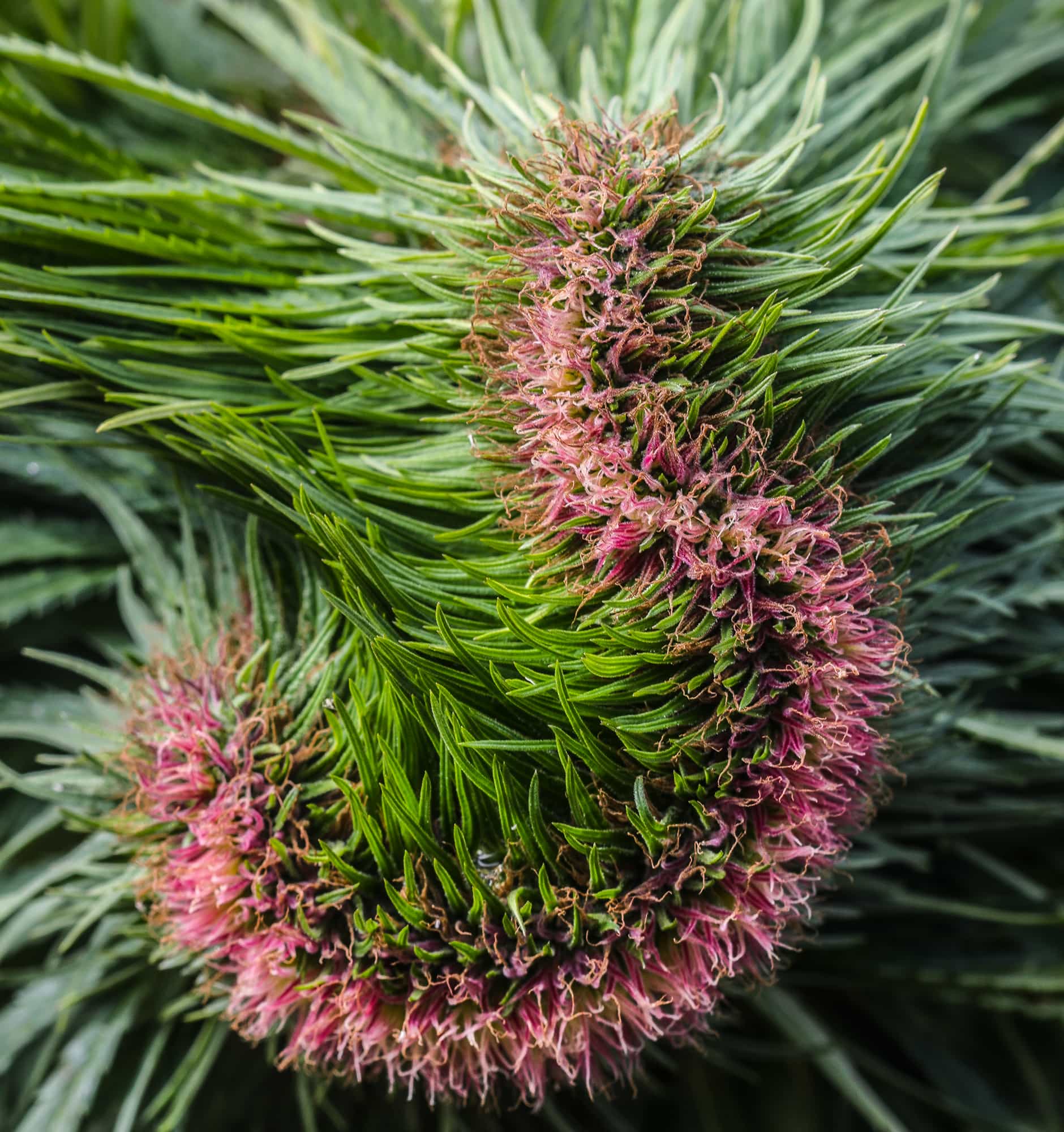
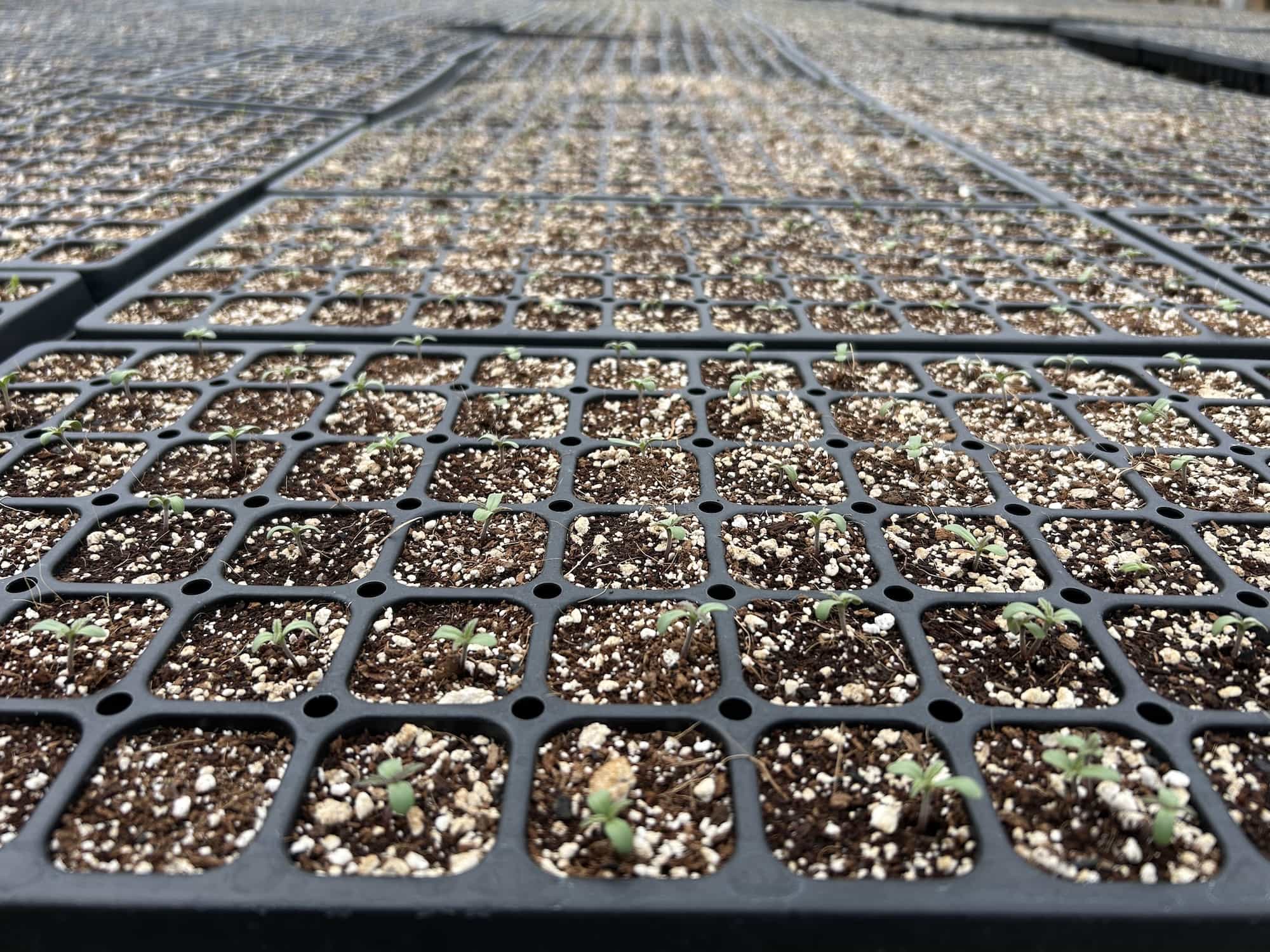
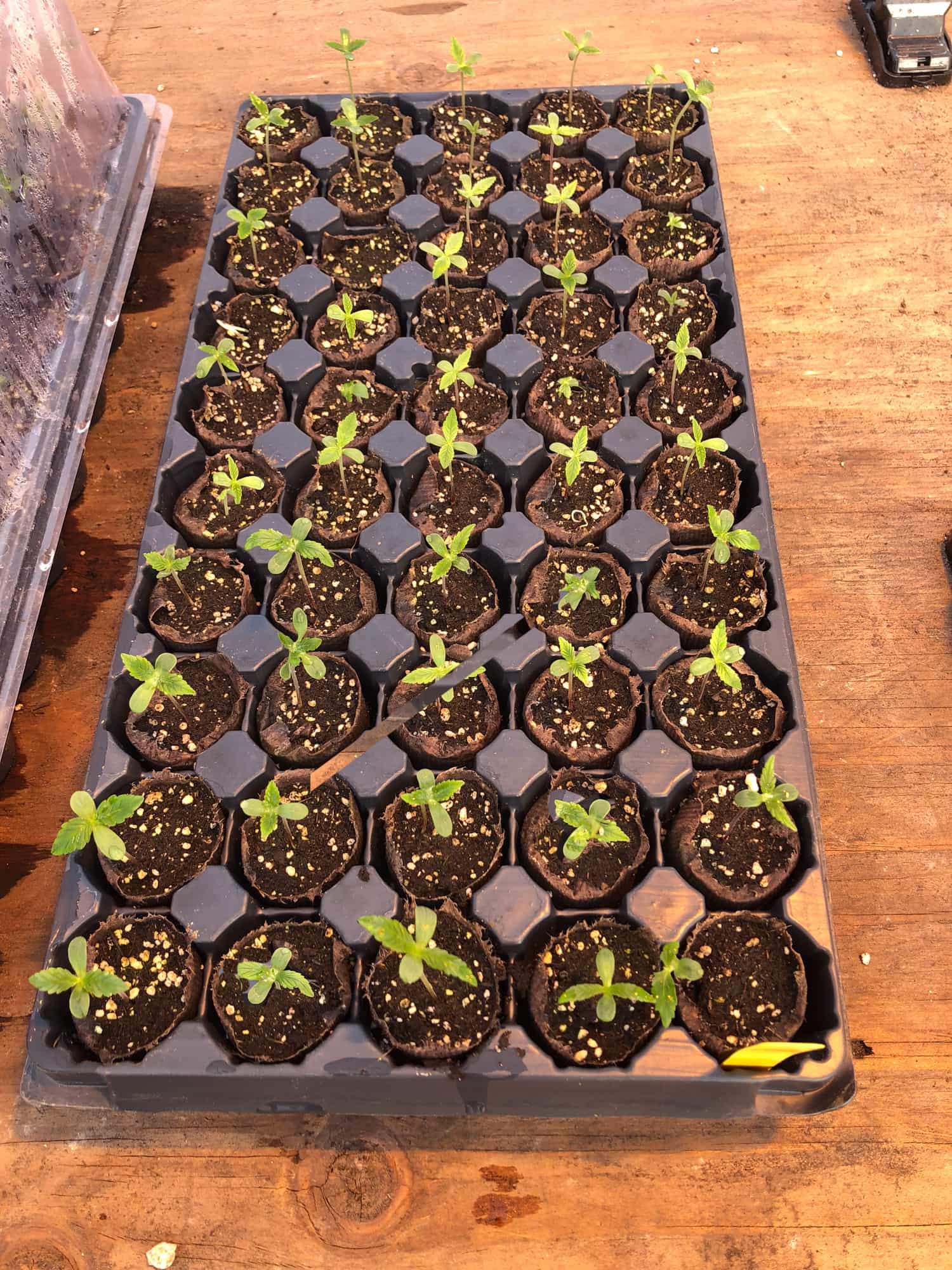
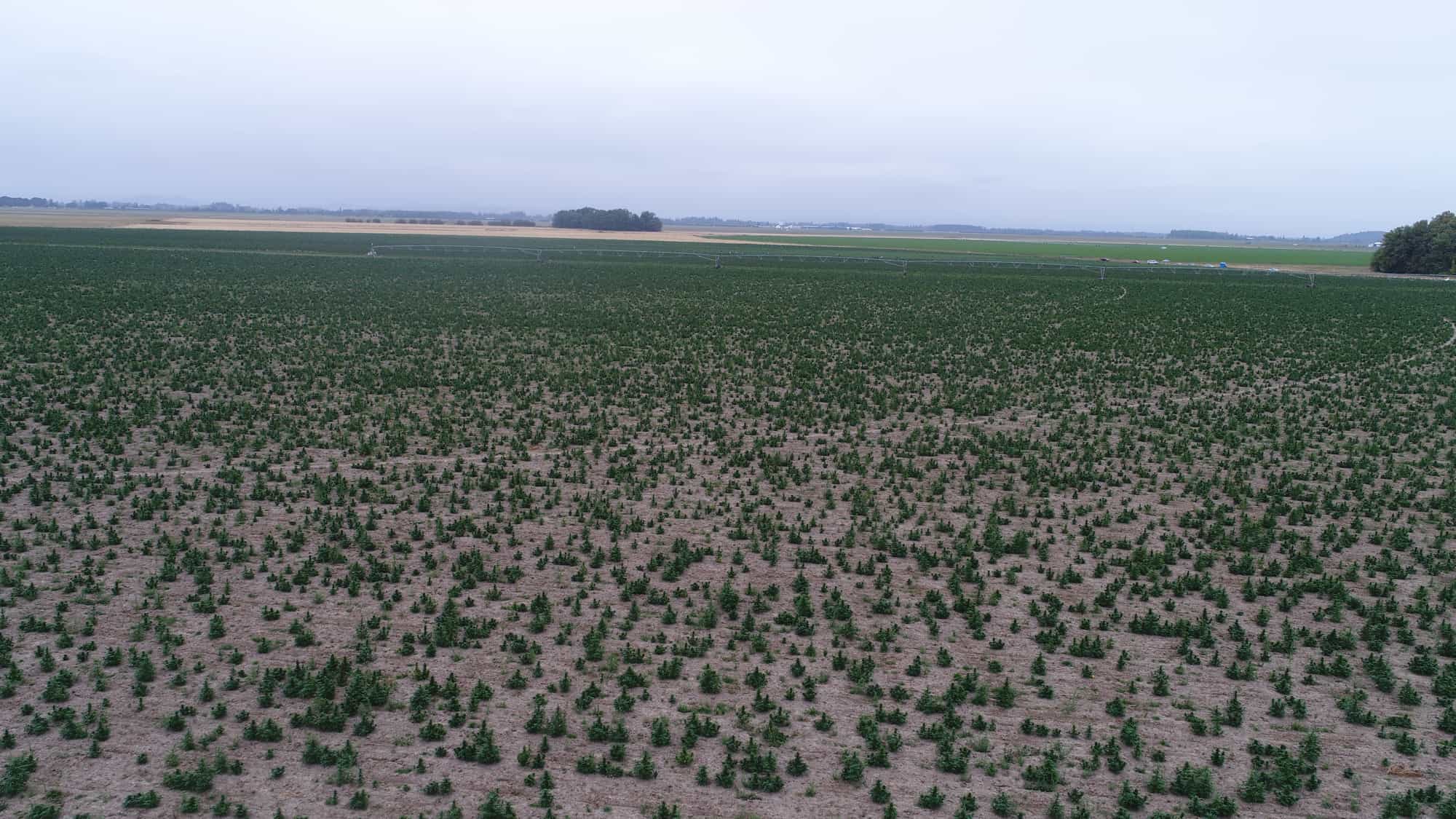
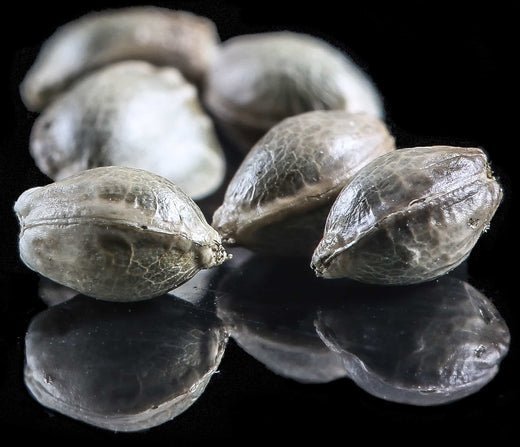
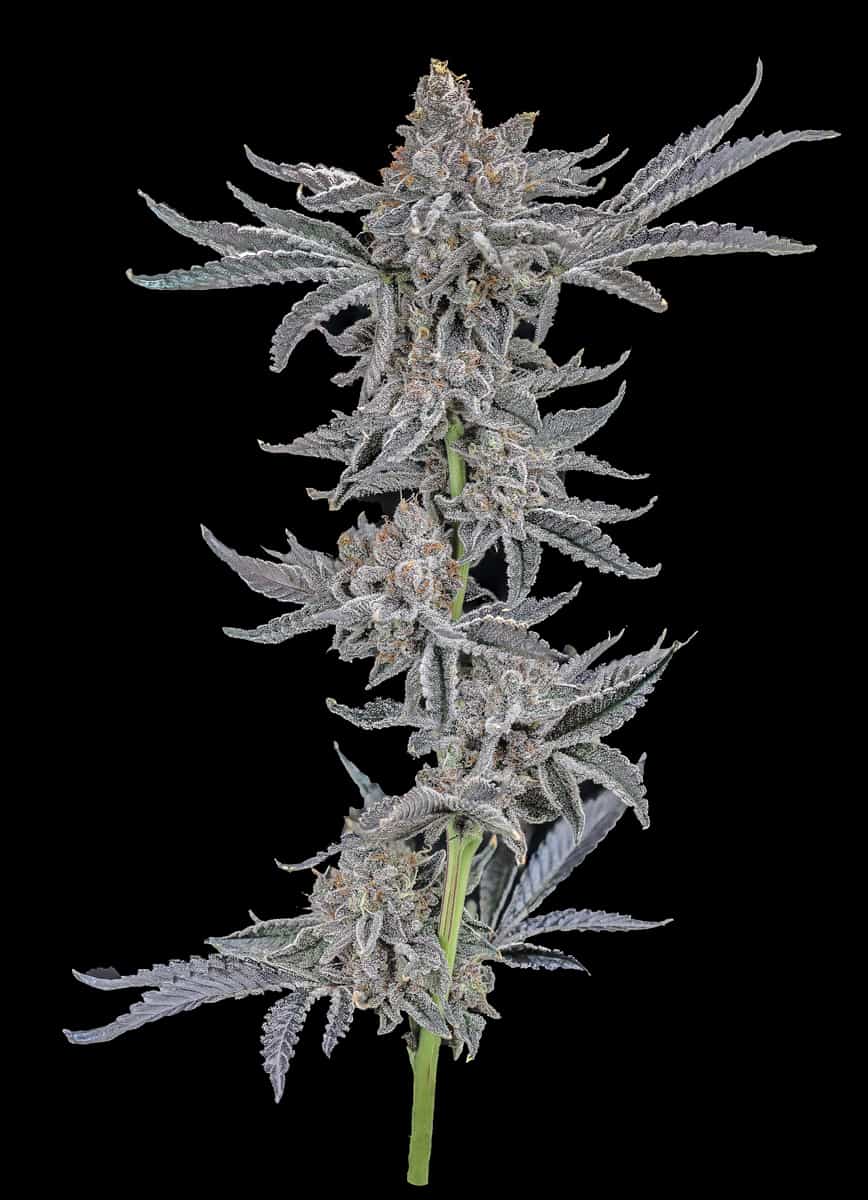
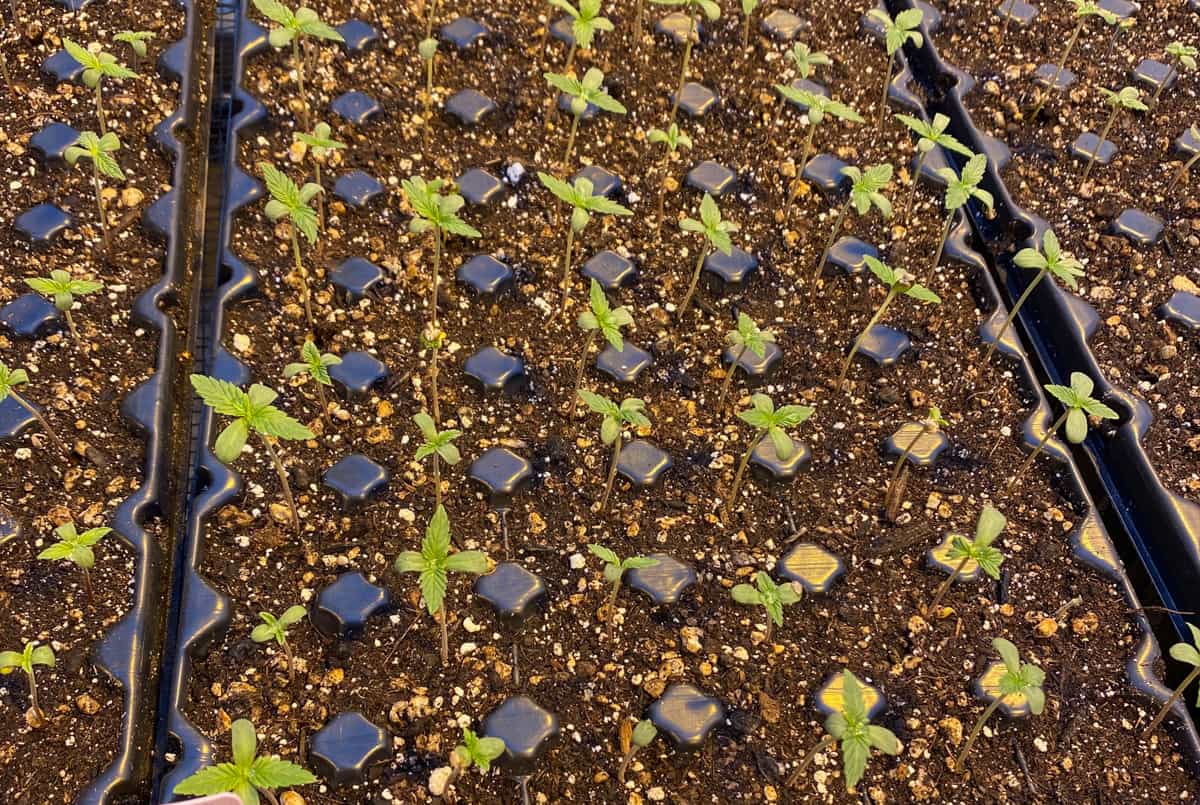


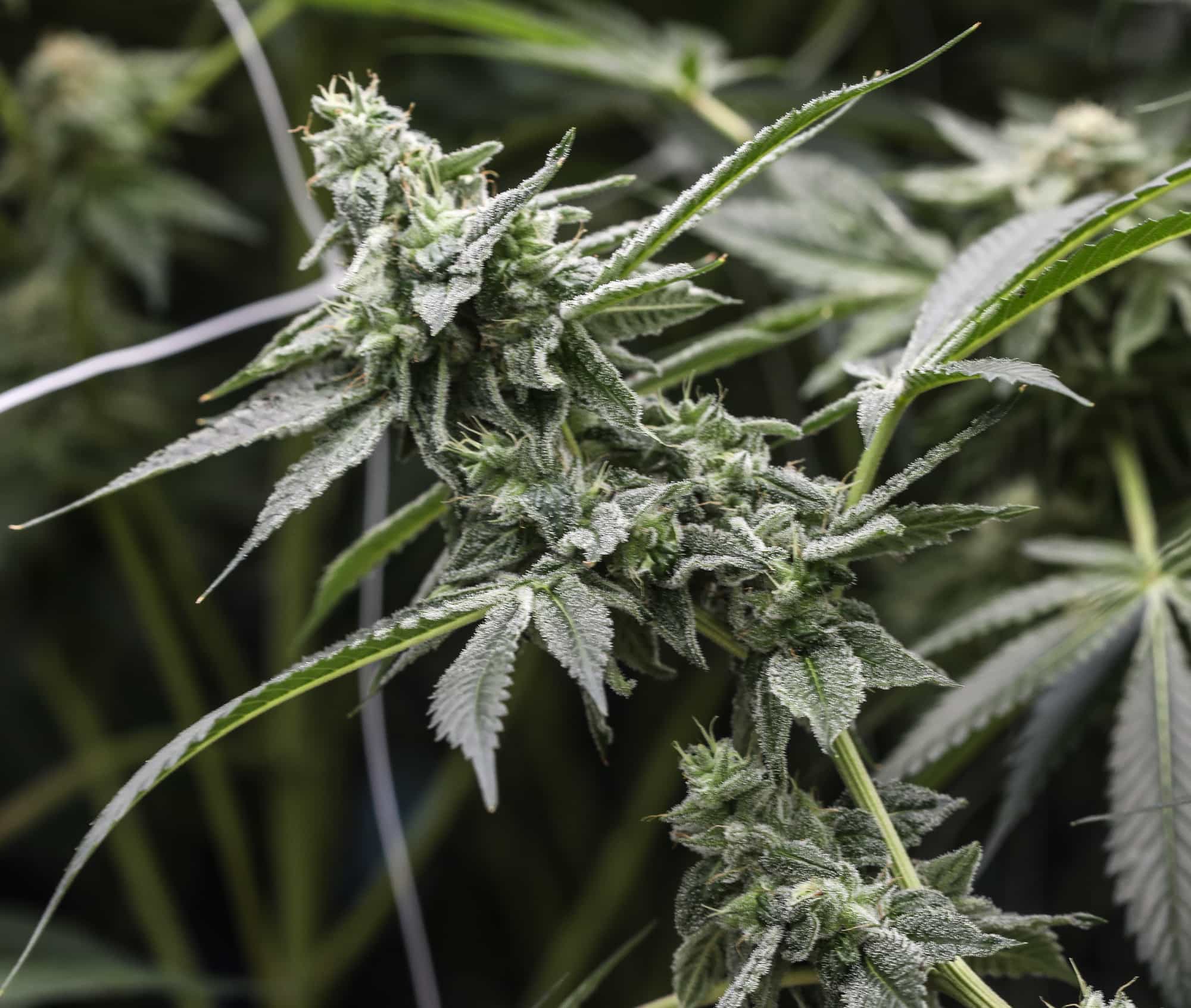
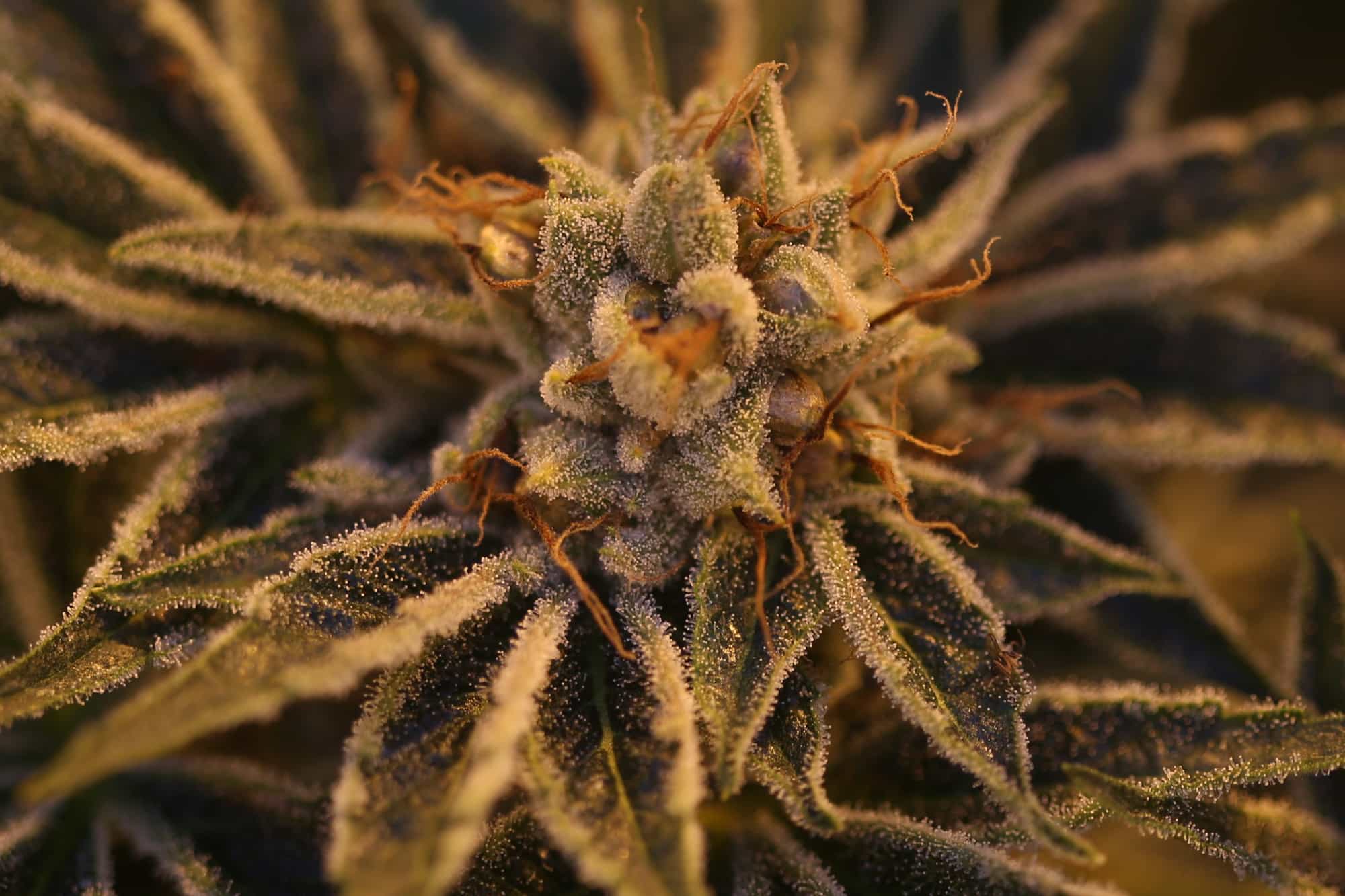
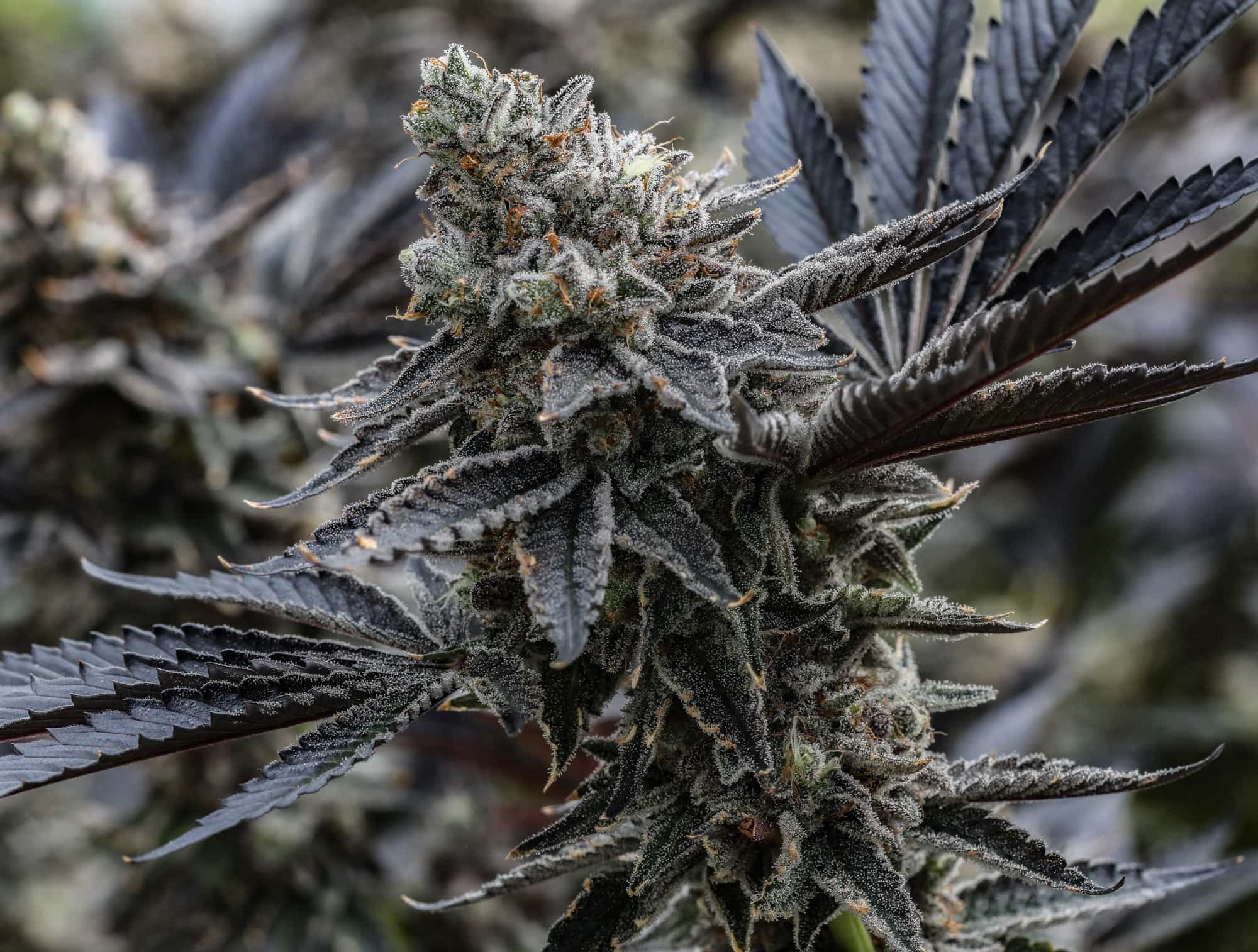
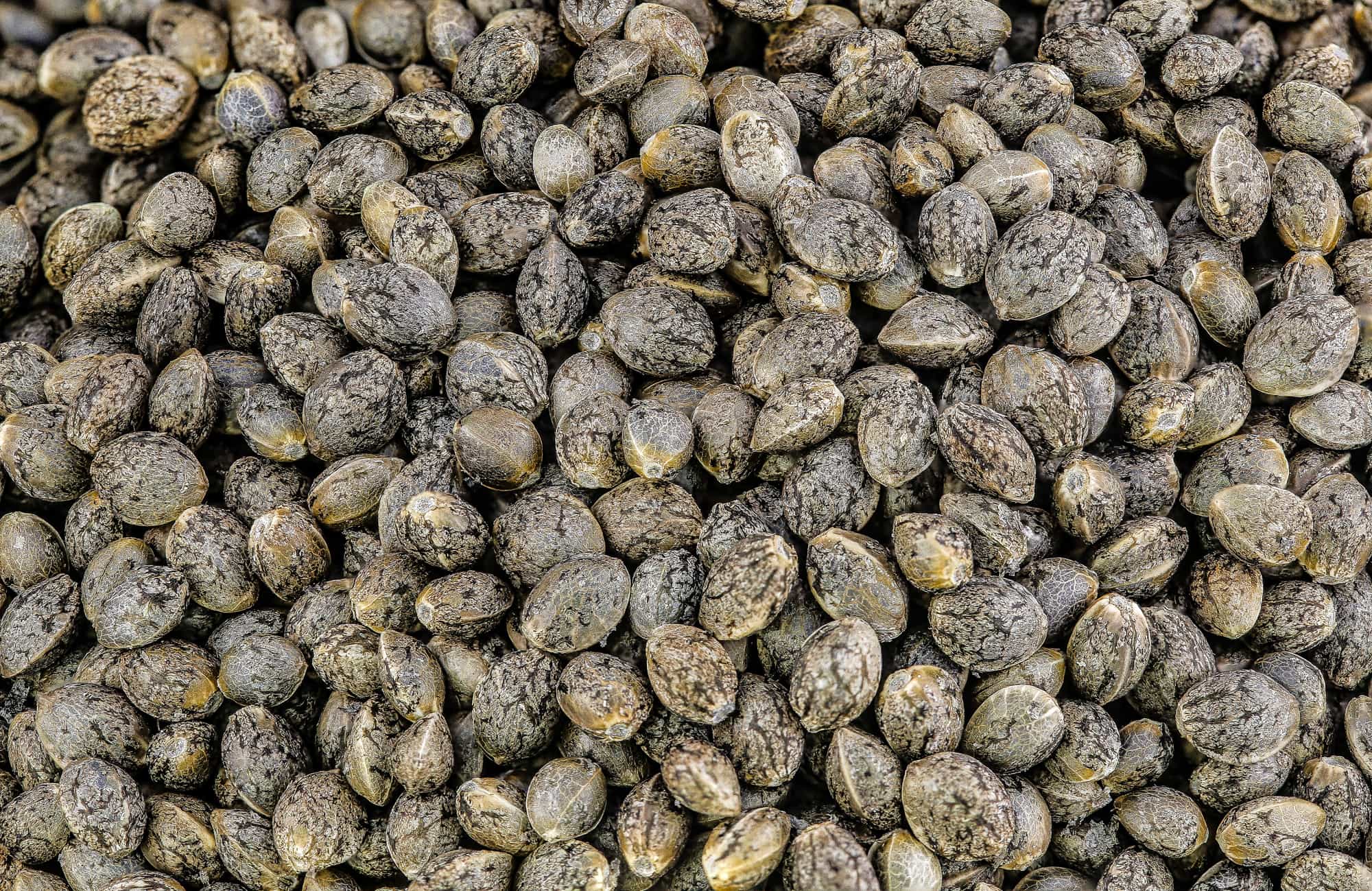
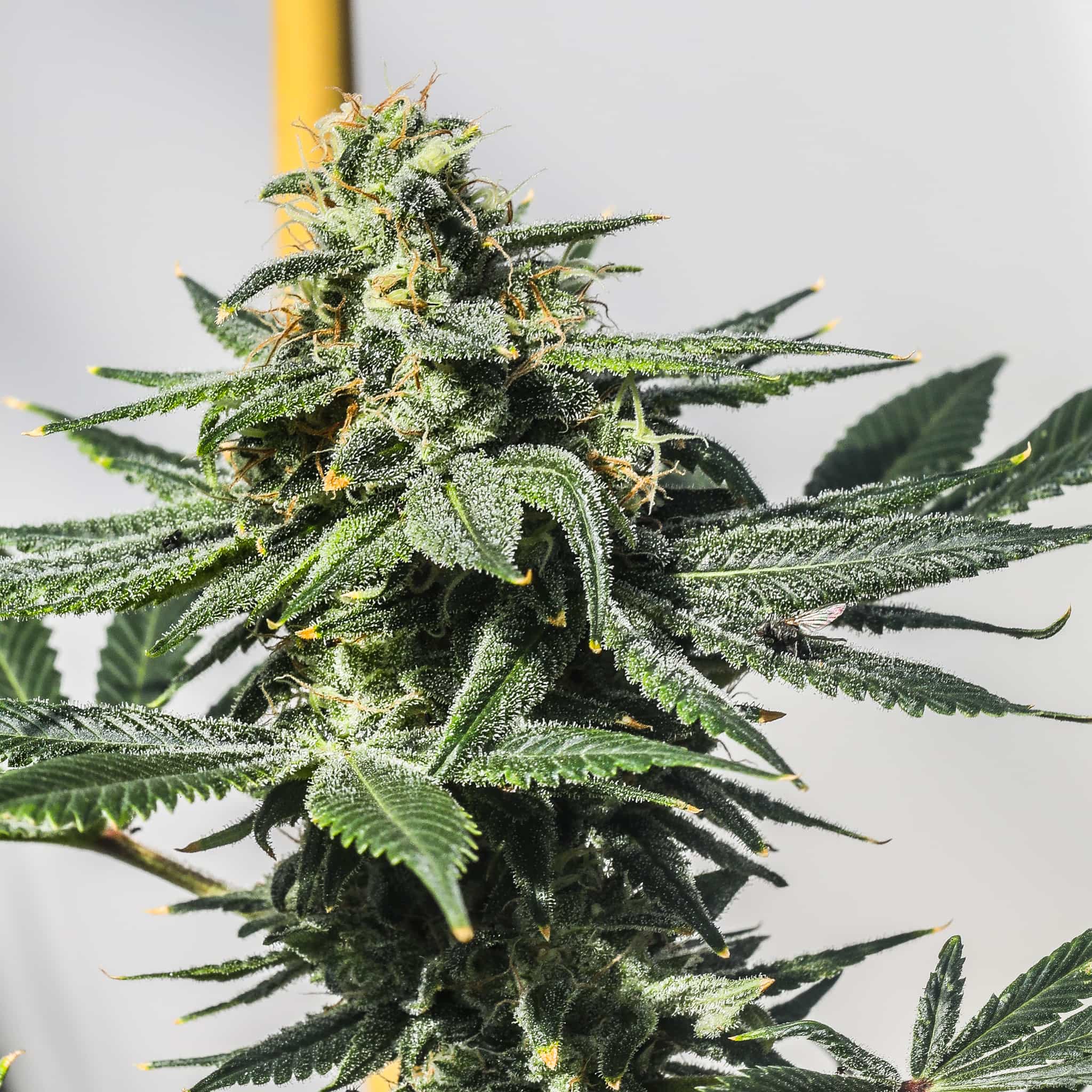
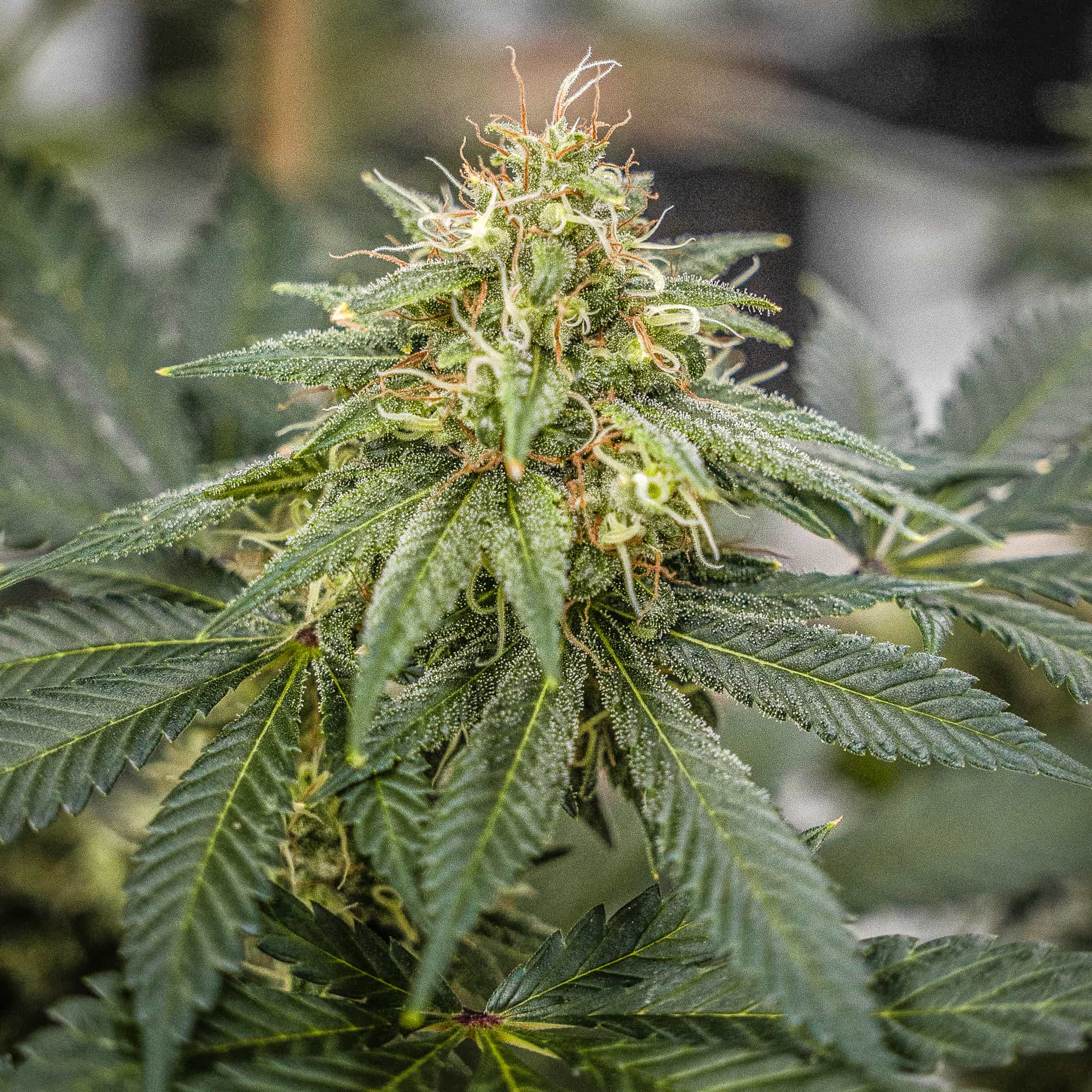
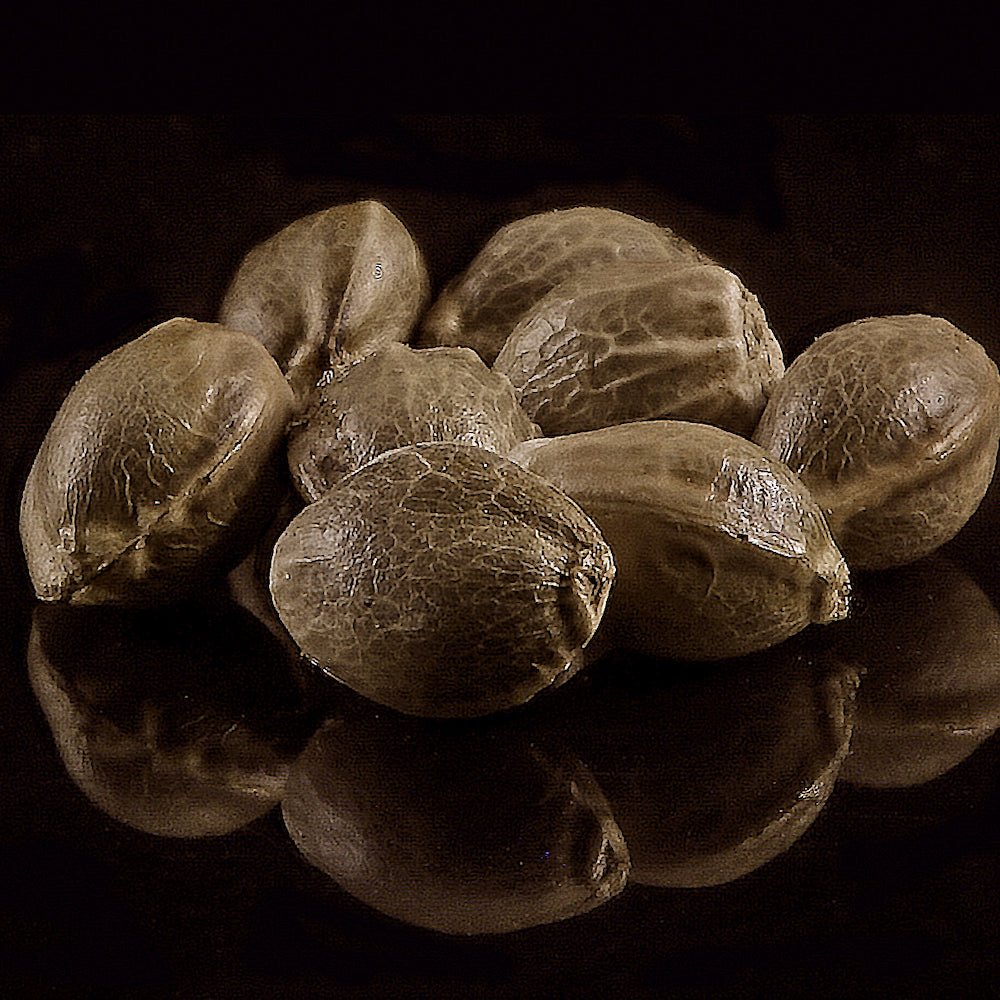
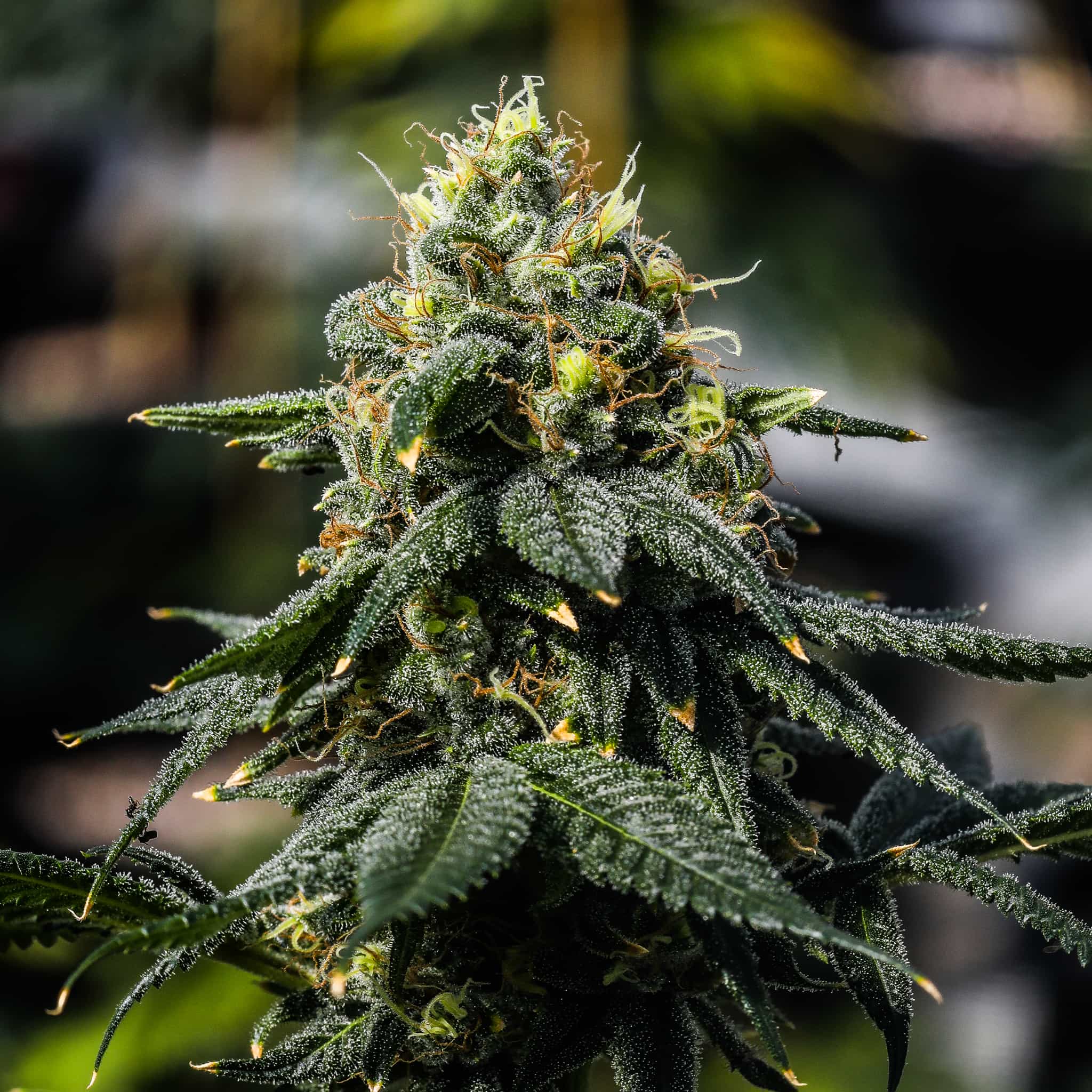
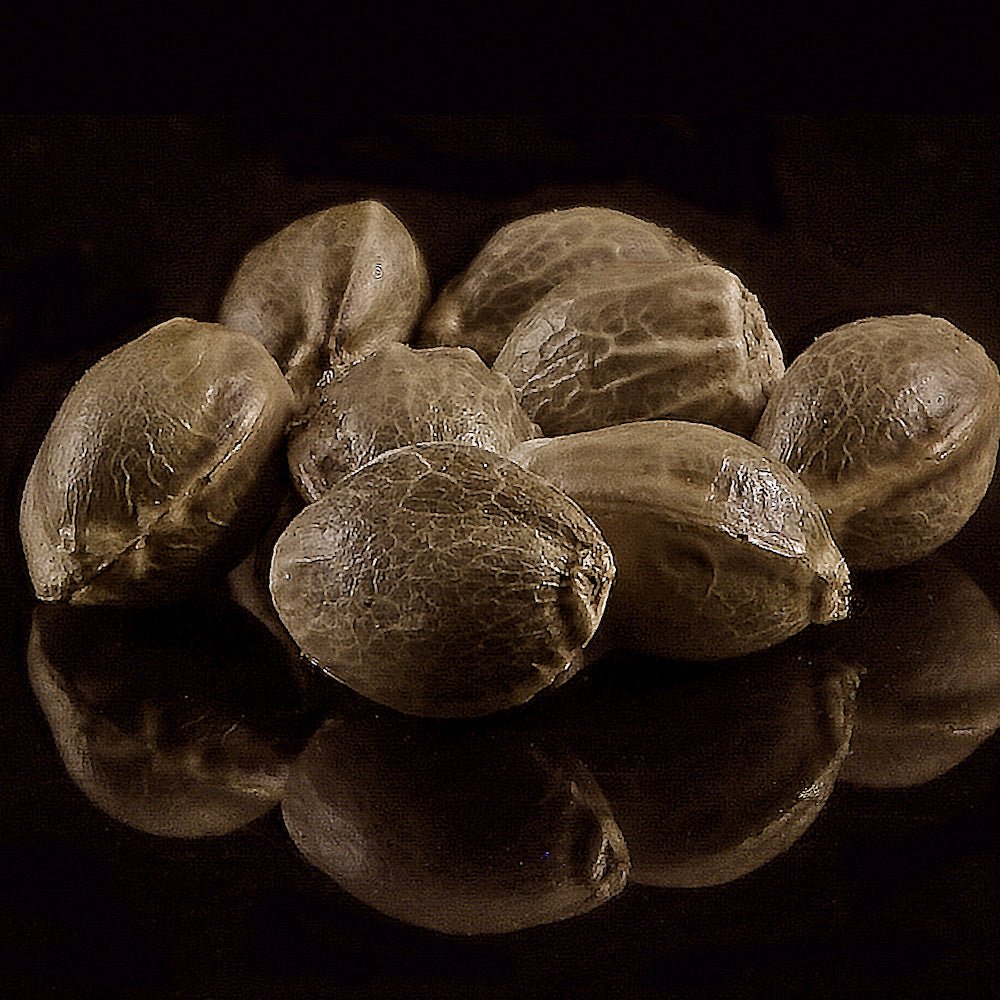
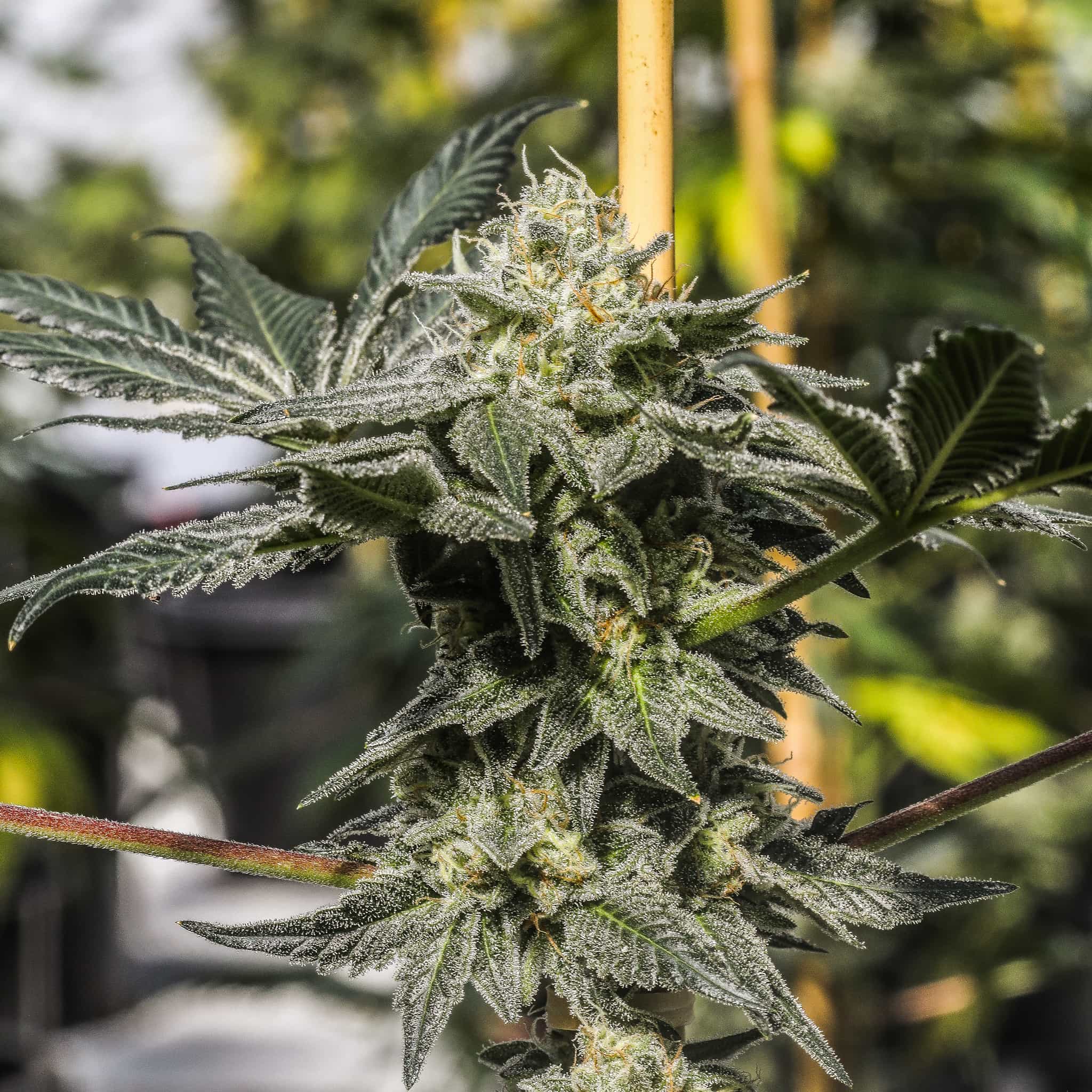
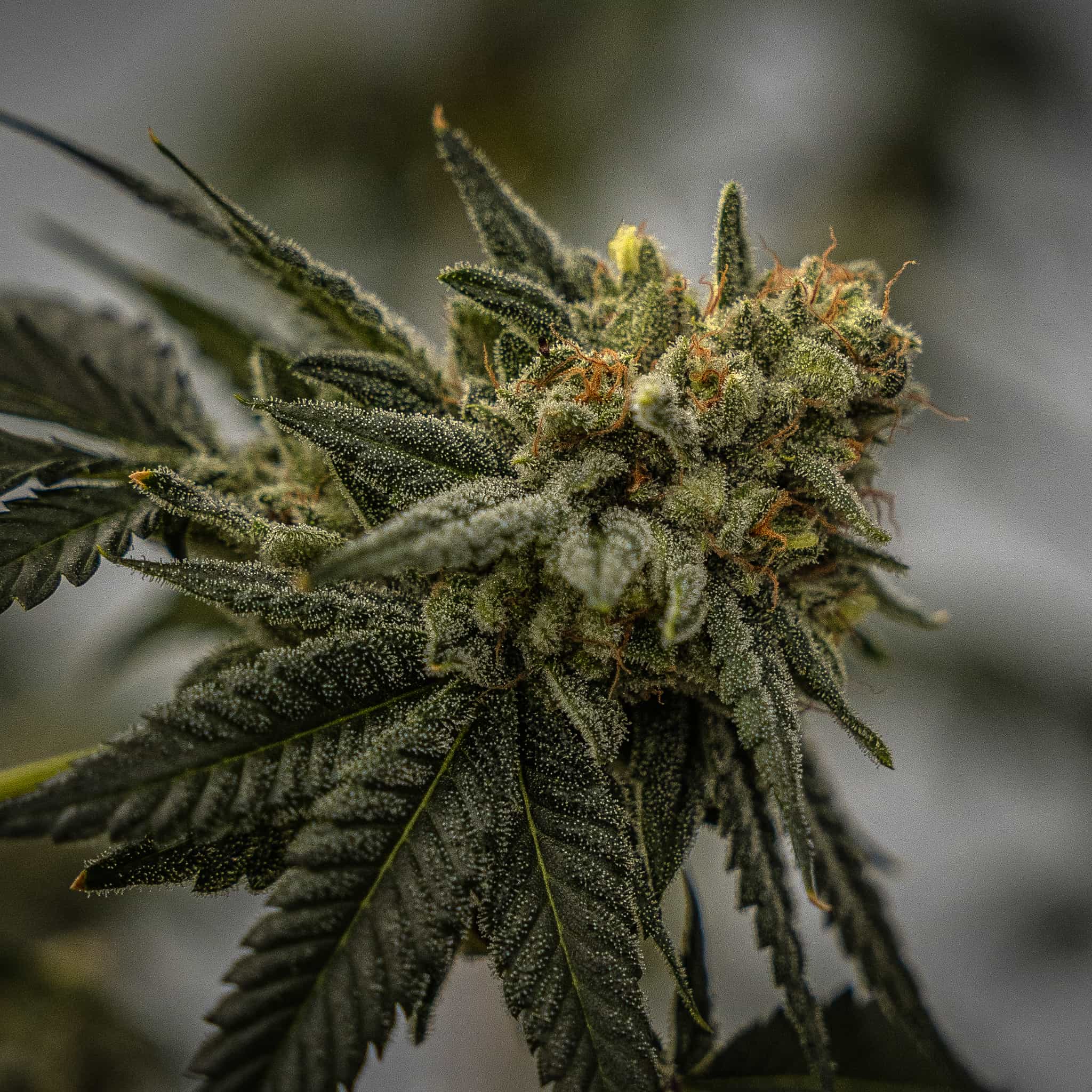
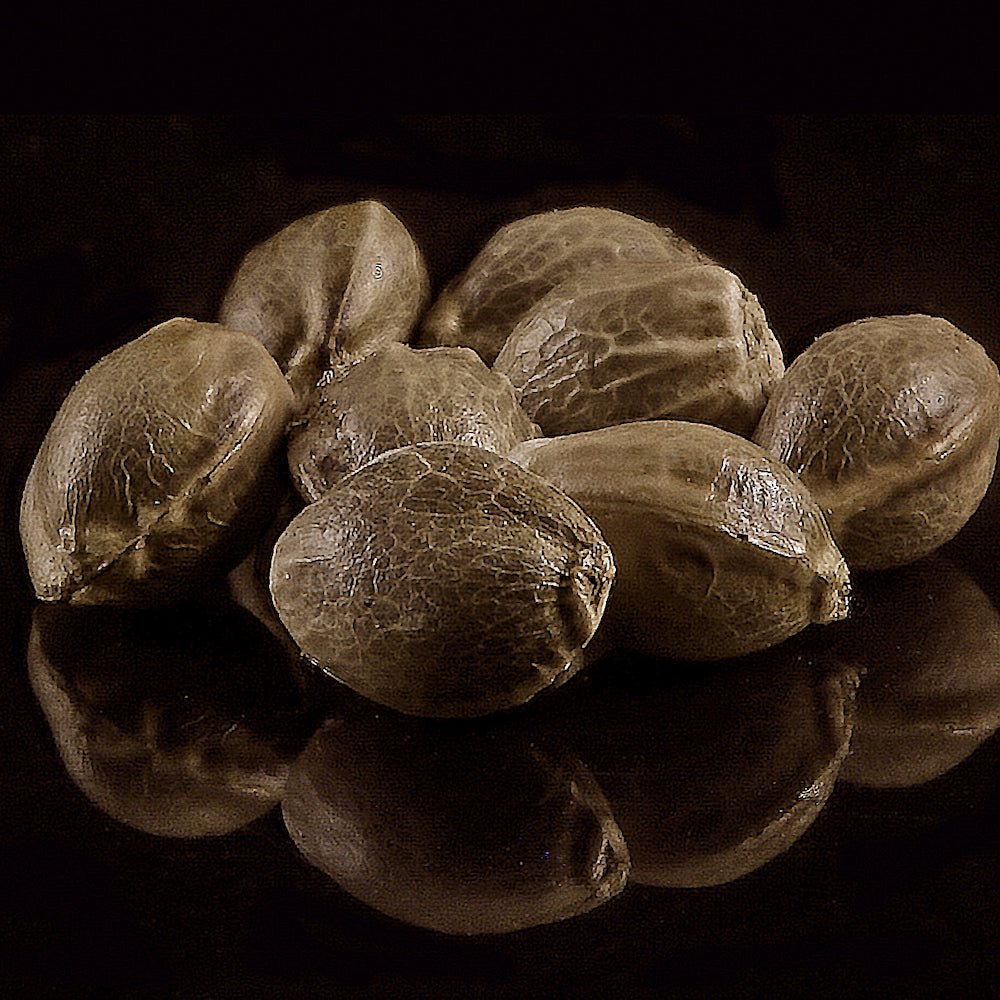
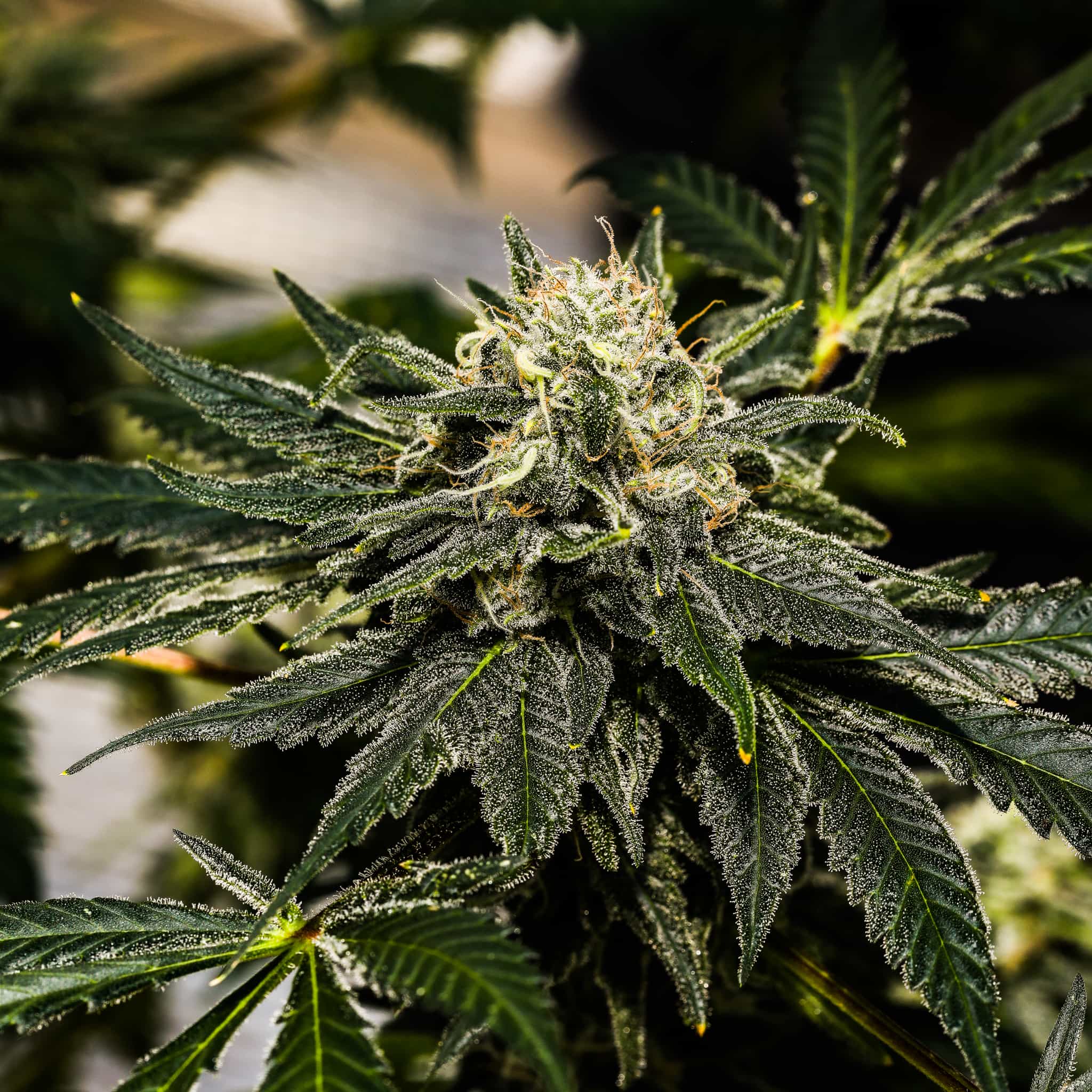
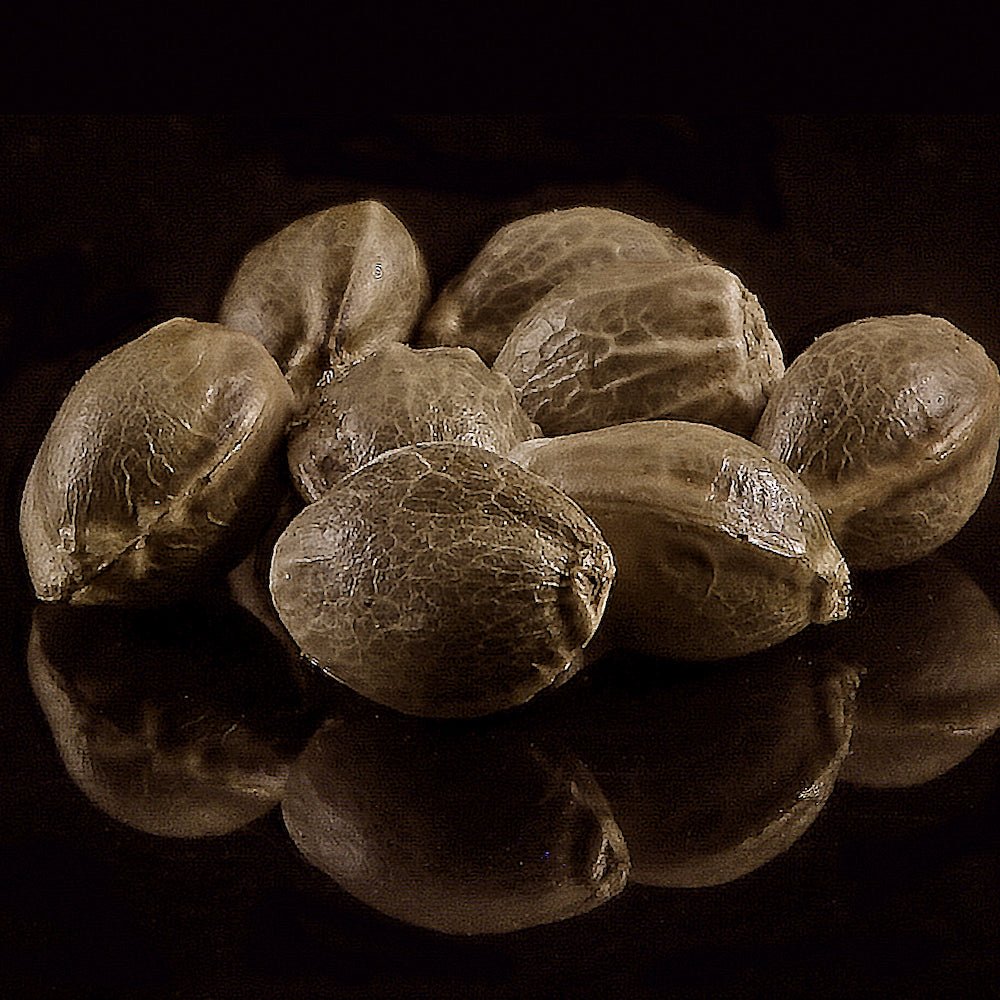
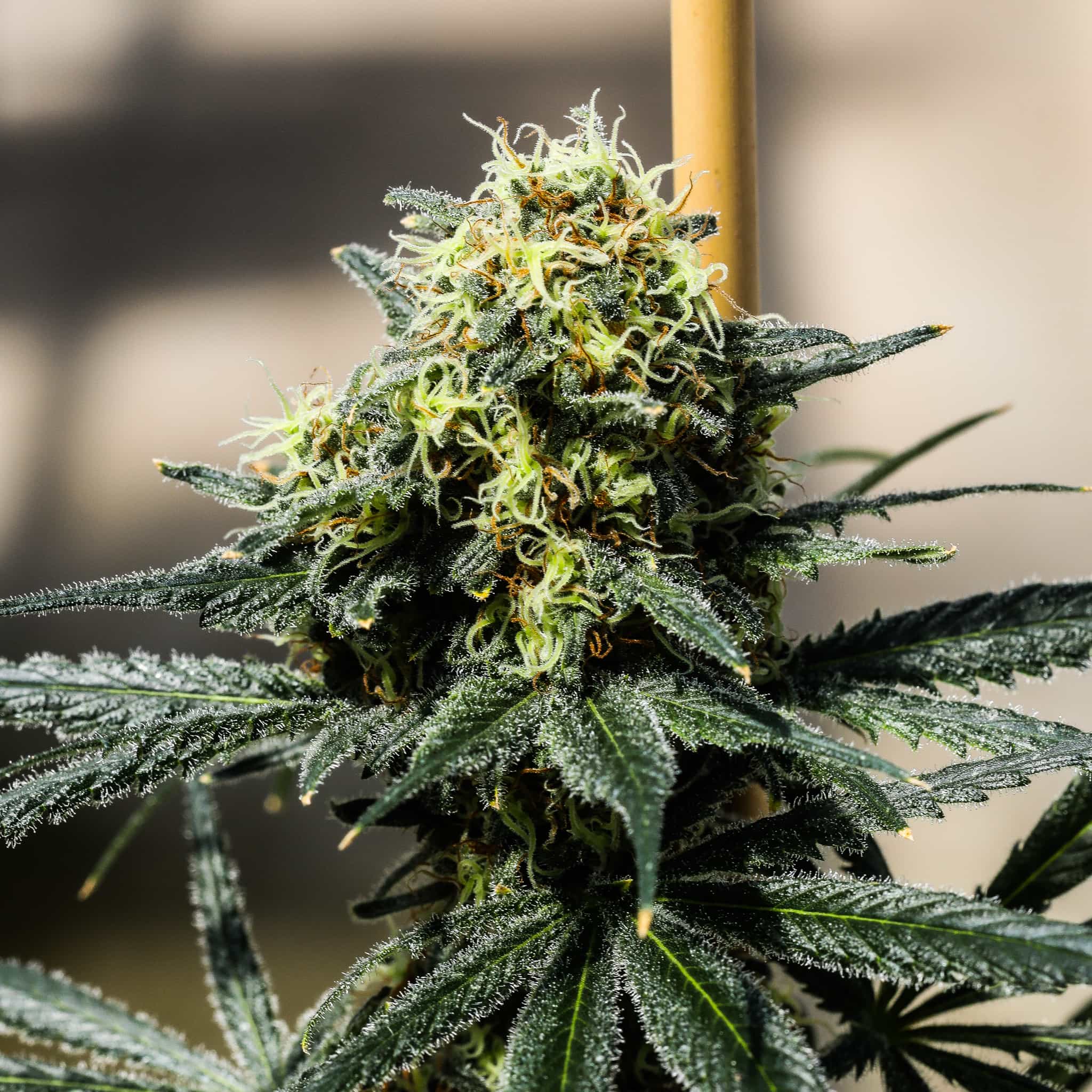
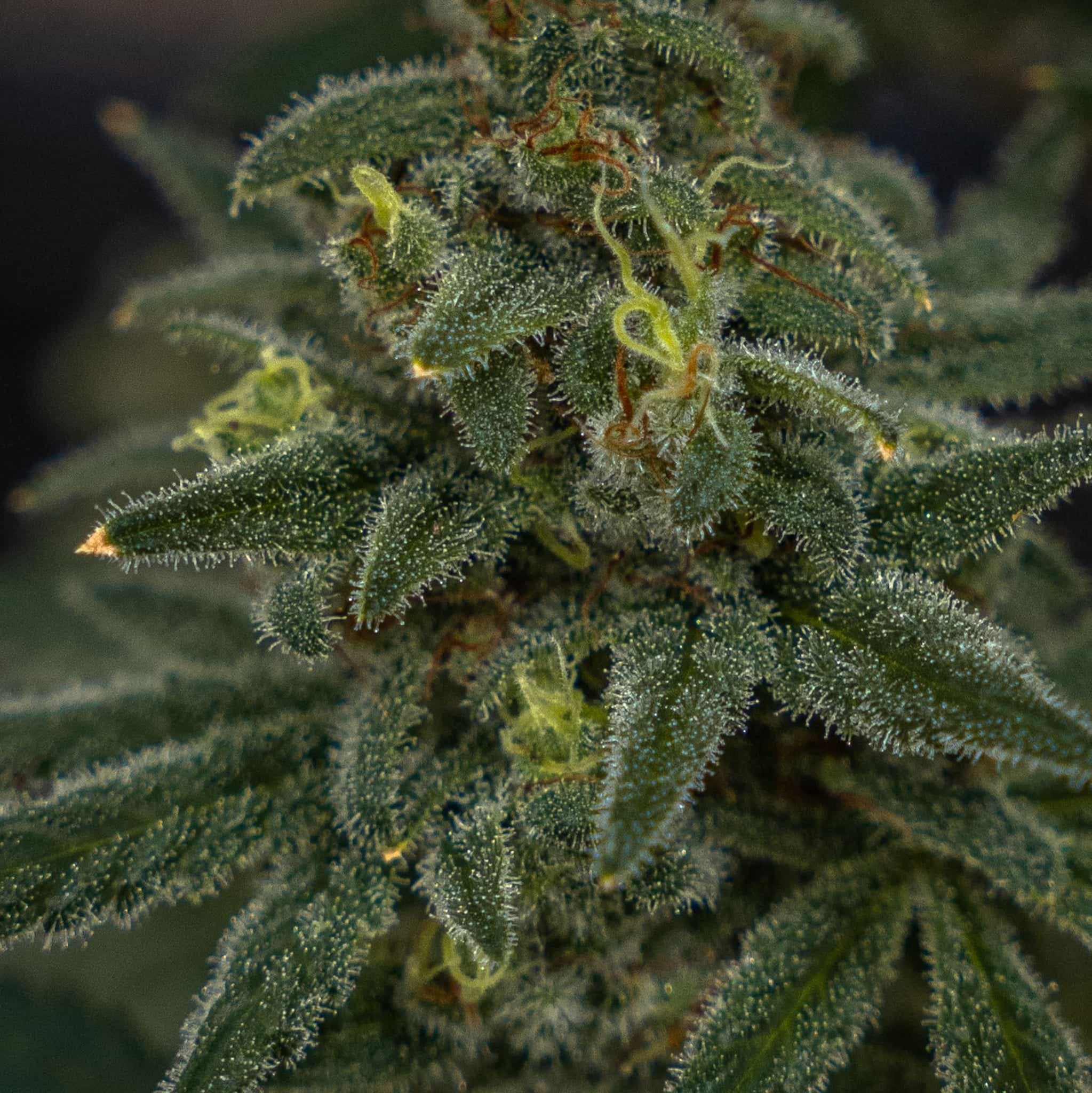
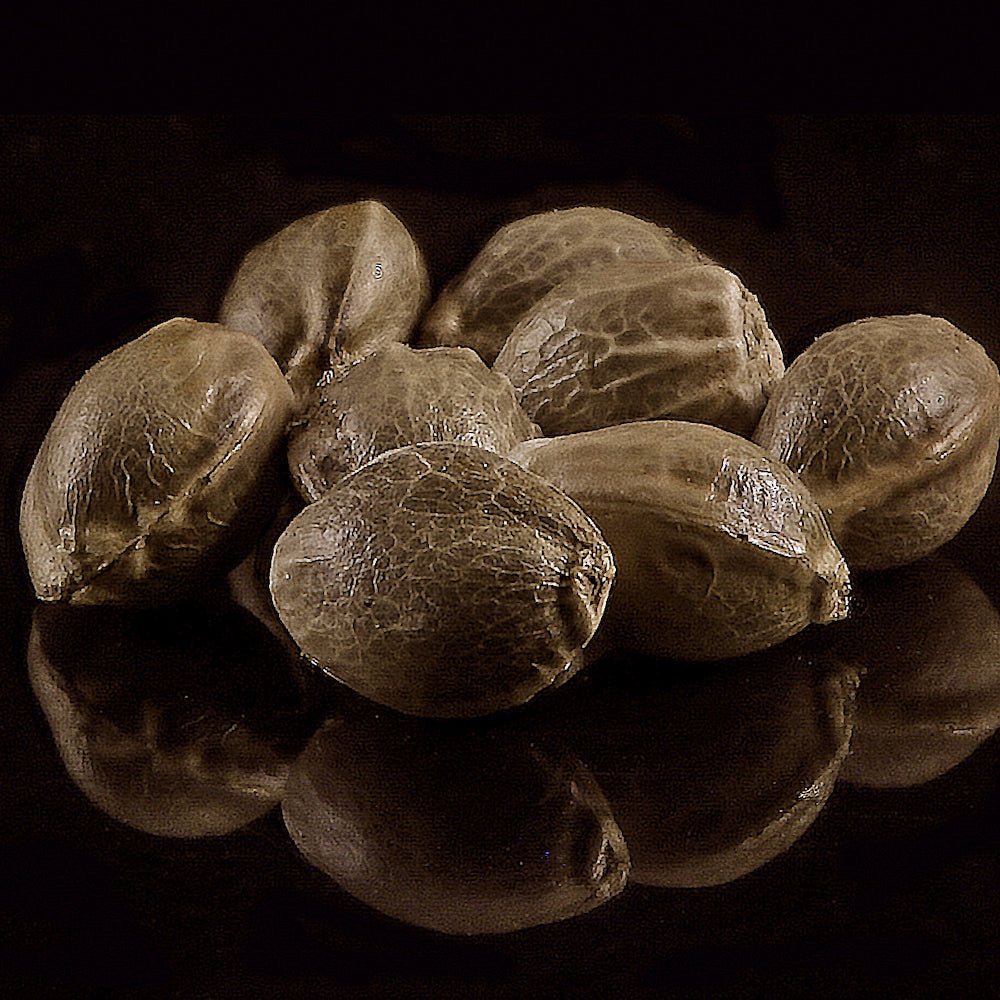
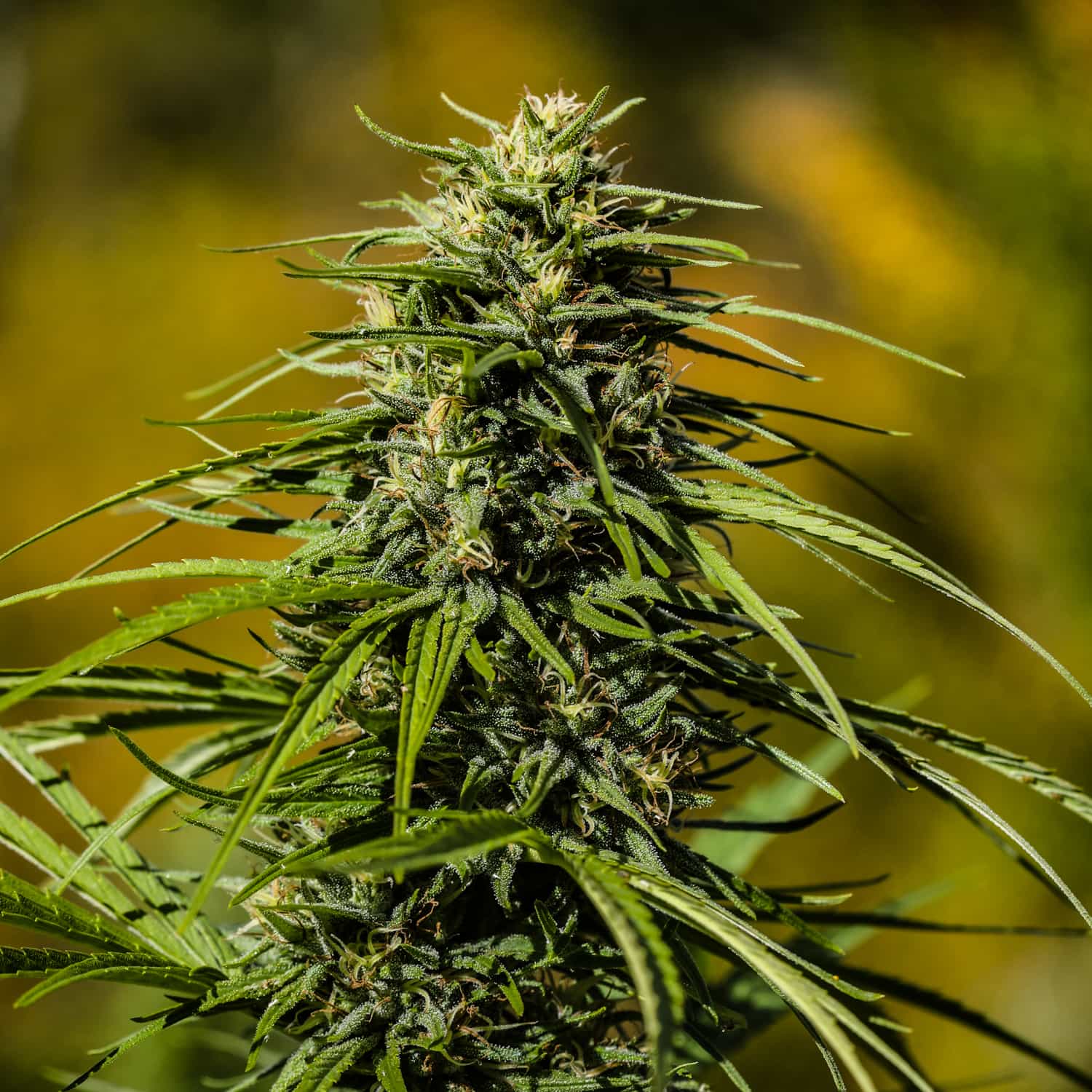
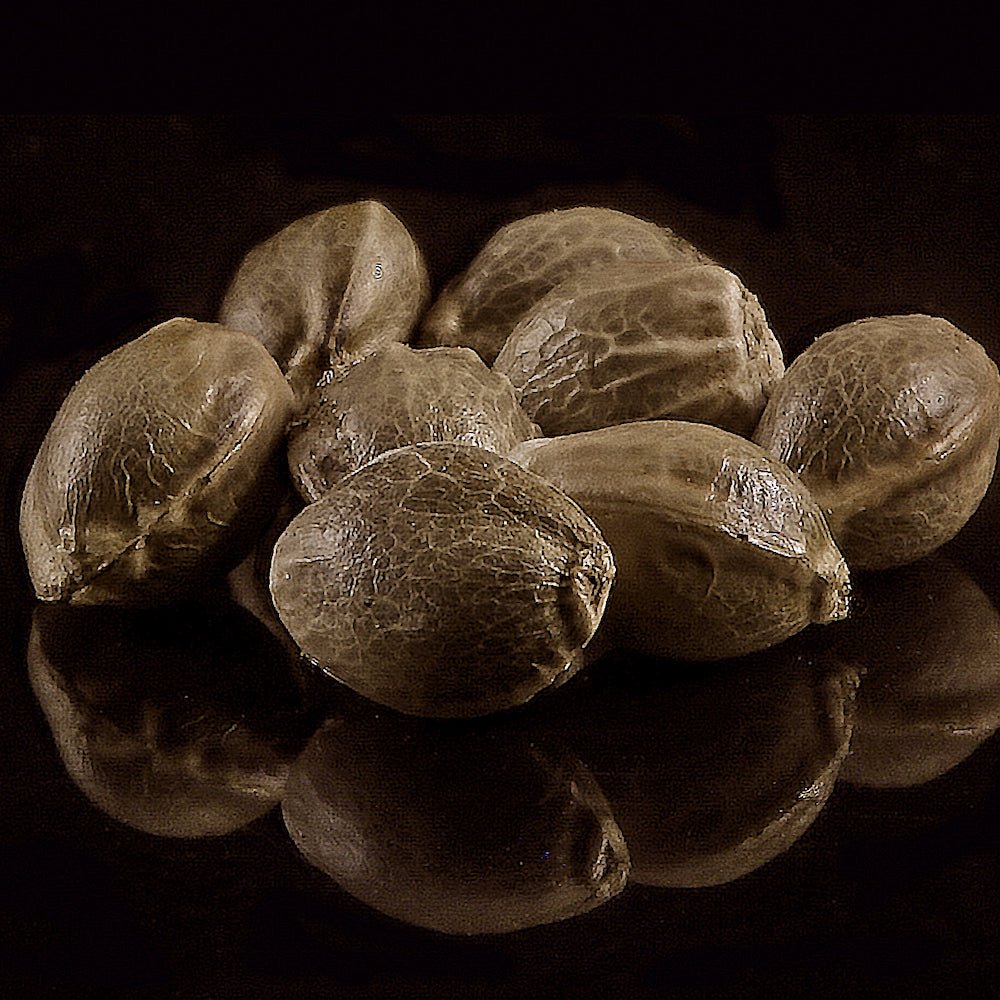
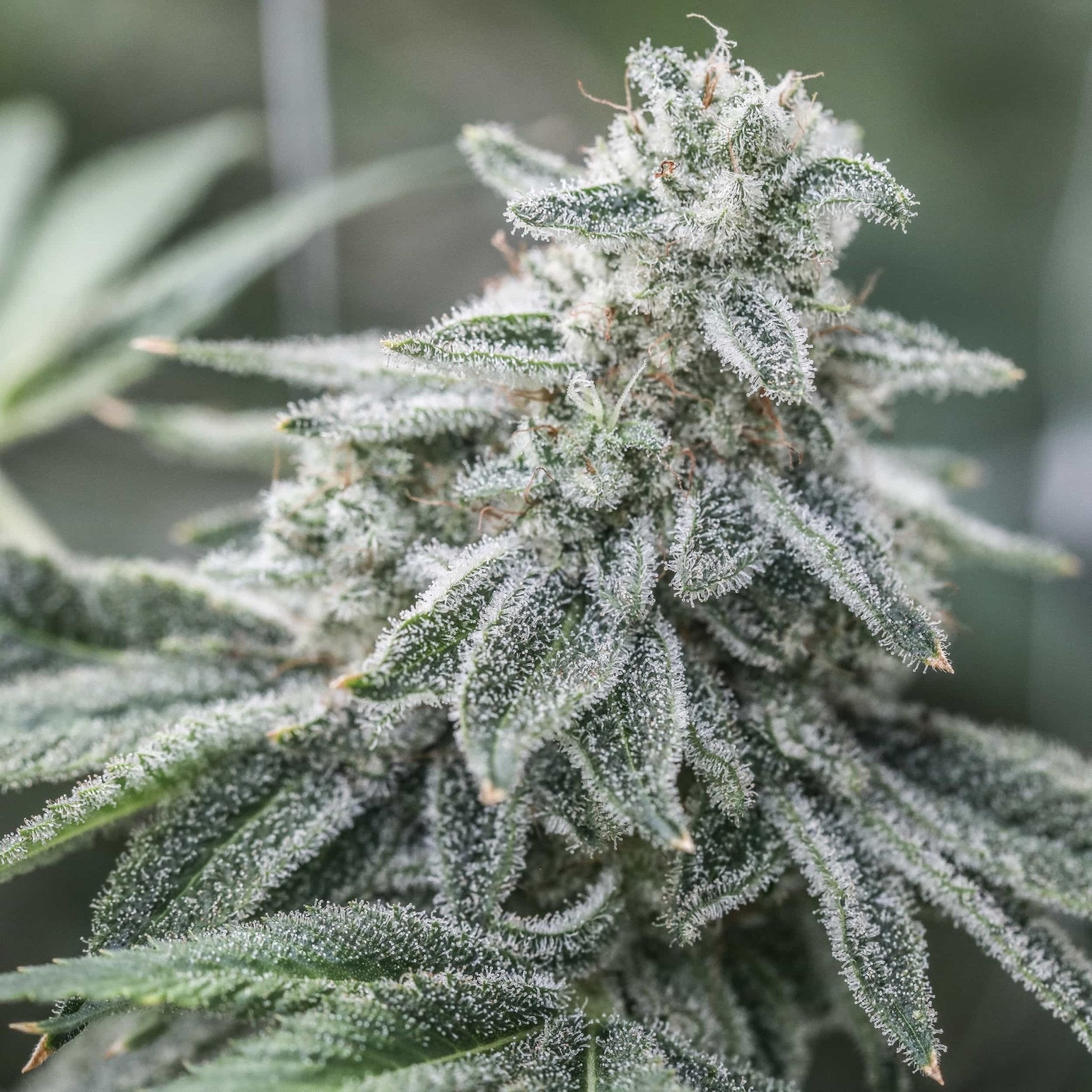
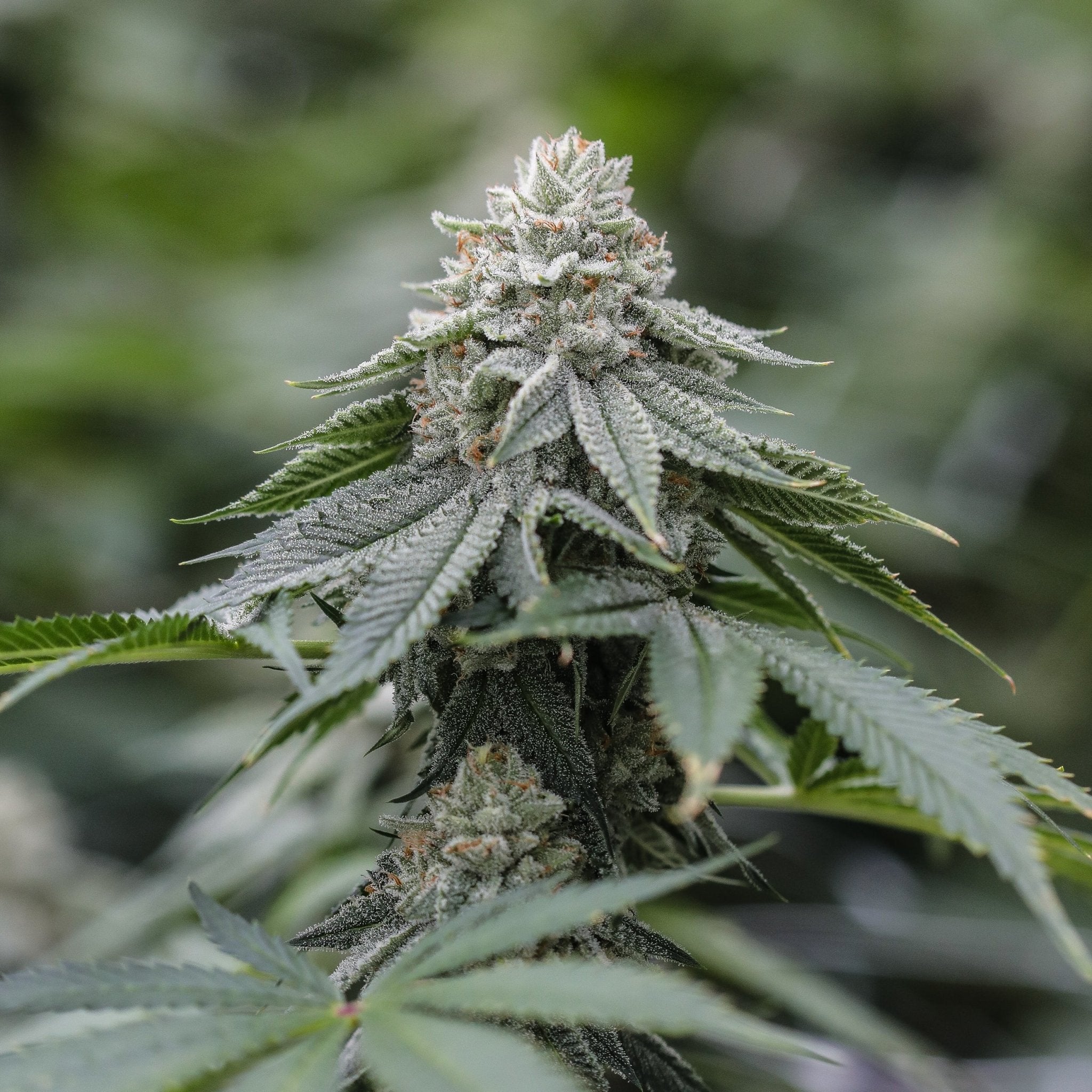
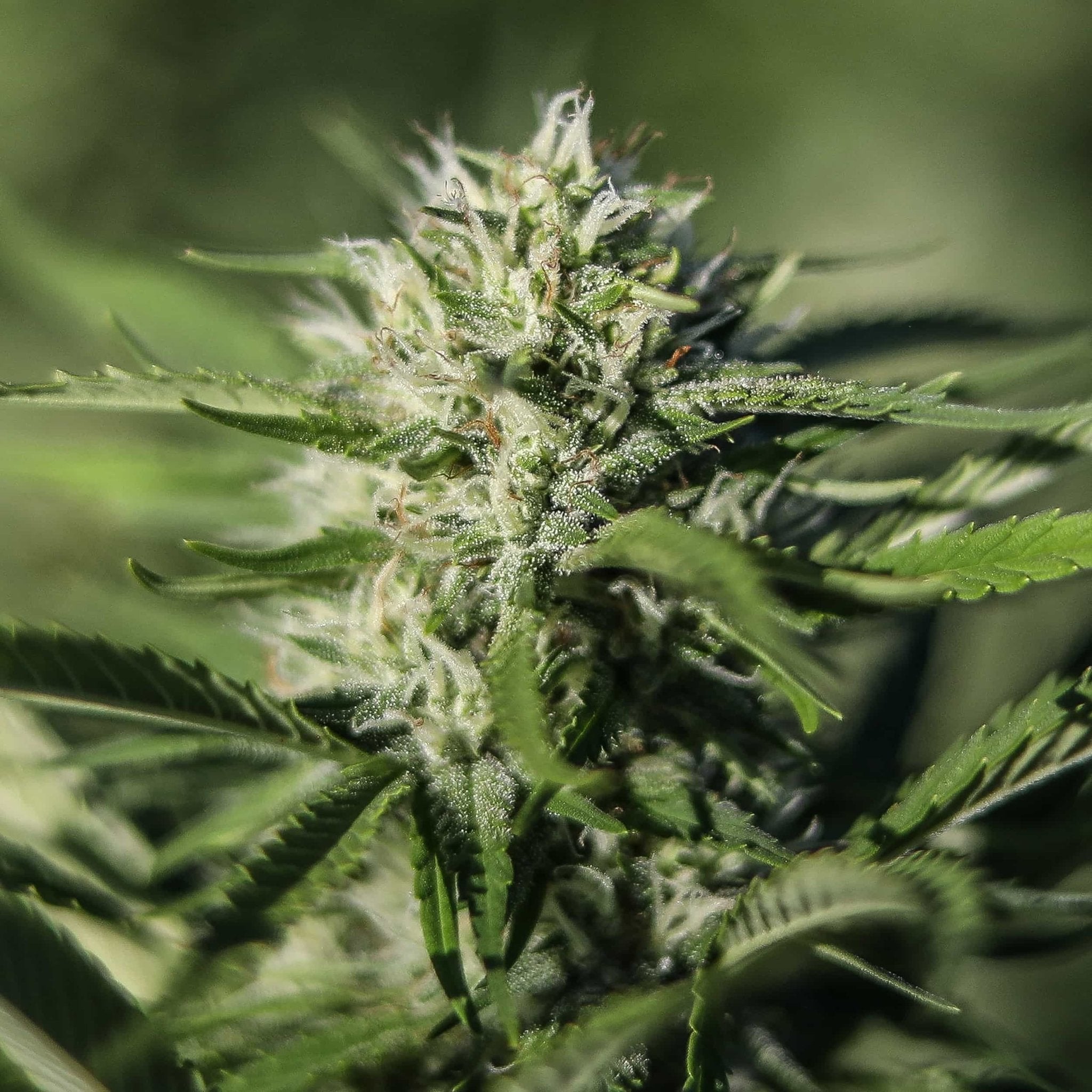
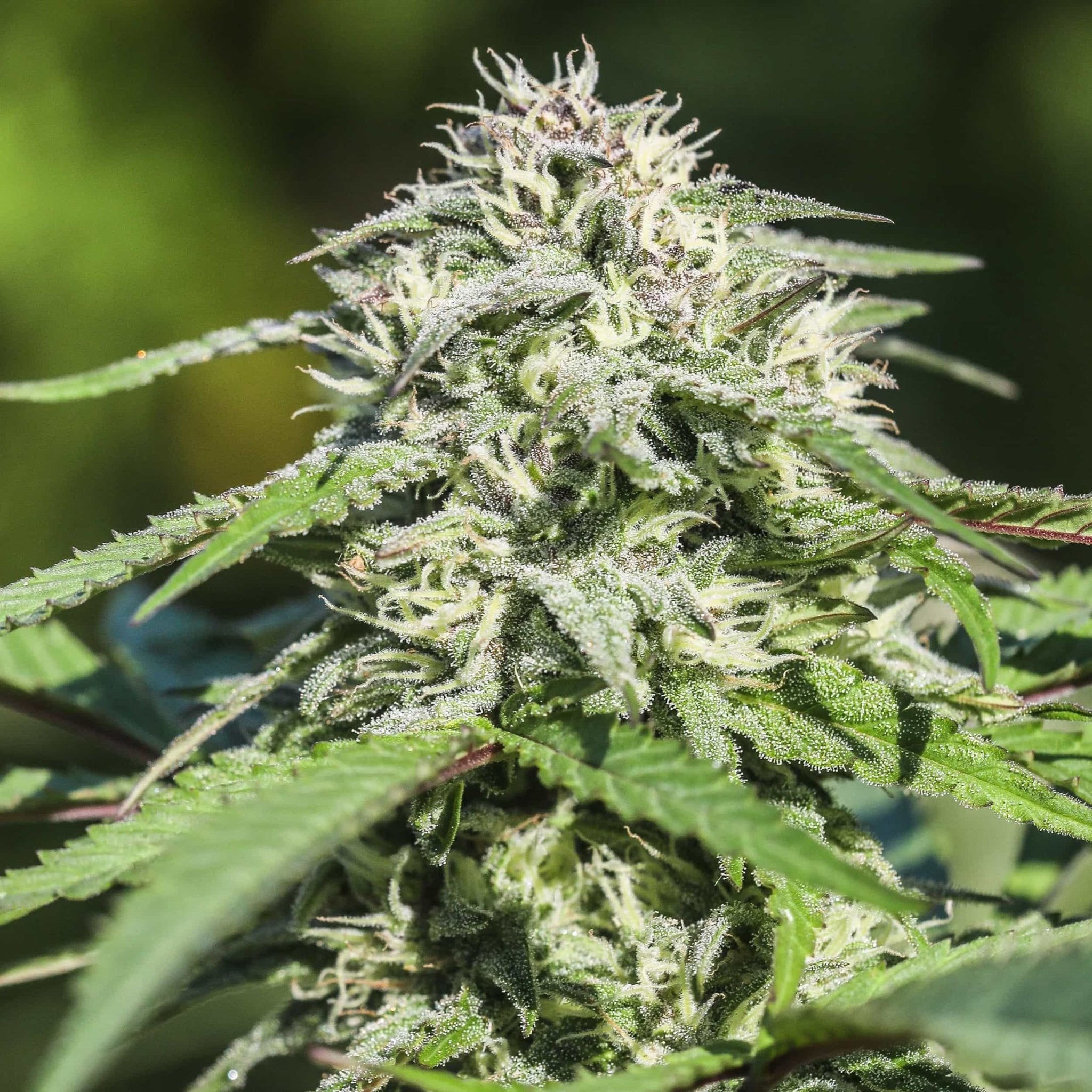
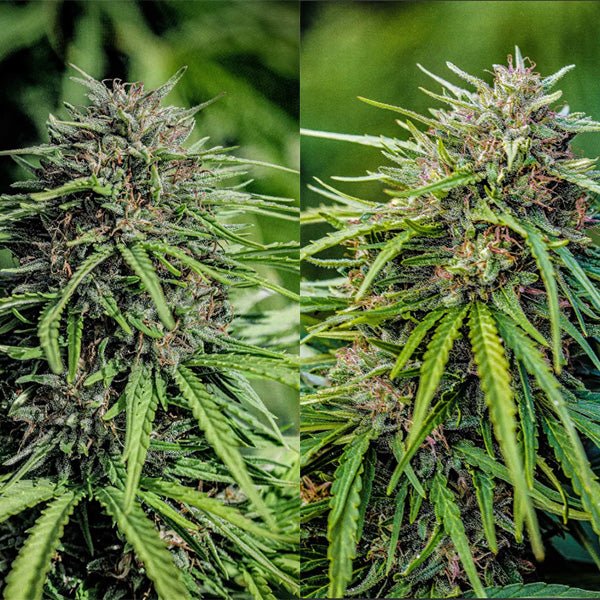

Comment
Interesting article (Fasciation in Cannabis Plants and Polyploidy), I was wondering about the polyploid identification part. While up till now I’ve not much wondered about the subject (although 40 or so years ago I’d read about it), but recently a CBG seedling put out three leaves instead of two at each node. I’d never seen this before, and wondering if it could be a natural triploid. It has outgrown all its siblings. However your article indicates you can’t depend on these factors to identify polyploids. I guess my question would be is it a polyploid? How can I tell.
A Google search on polyploids showed my your site, and I’m actually liking what I see.
Thanks
-Rick